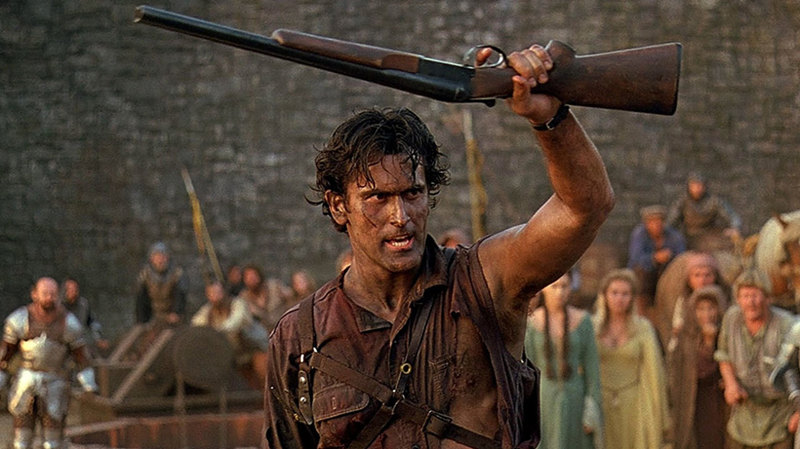Director John Frankenheimer is no stranger to movies about espionage and conspiracies. He had just finished the successful “Manchurian Candidate” when in 1964 he decided to film Fletcher Knebel and Charles Bailey’s best-selling novel, “Seven Days in May.” He assembled an all-star cast–Burt Lancaster, Kirk Douglas, Fredric March, Ava Gardner, Edmond O’Brien, Martin Balsam–got the best screenwriter he could find–Rod Serling–and hired Jerry Goldsmith to do the music. The result is the best conspiracy-theory movie ever made.
The story opens in the midst of the Cold War, and the President of the United States, Jordan Lyman (March), is just about to sign a controversial nuclear disarmament agreement with the Soviet Union. The approval rating for this treaty is down to twenty-nine per cent among the nation’s voters, but the President is adamant about maintaining world peace. Thinking that the President is a weak sister and a virtual traitor to his country is four-star General James Matoon Scott (Lancaster), a popular, charismatic war hero, demigod, and Chairman of the Joint Chiefs of Staff, who plots nothing less than a military overthrow of the government. Wrapping himself in the flag, he raises a secret army, ironically believing that the only way to save the Constitution is by destroying it!
The General’s aide is Col. Martin “Jiggs” Casey (Douglas), who inadvertently gets wind of the covert plot and tries to warn the President. The film becomes a cat-and-mouse game between the President’s forces for good and the General’s military might. O’Brien plays a drunken senator, Raymond Clark, and Balsam plays the President’s right-hand man, Paul Girard, both on the President’s team. Ms. Gardner plays Ellie Holbrook, an old flame of the General’s, whose extramarital affair with him may be used as ammunition against him.
We tend to forget just how good Lancaster and Douglas were as actors, sometimes only remembering their more superficial and flamboyant roles. Here, working together, they are in perfect harmony–Lancaster unflinching, cold as steel; Douglas stalwart yet vulnerable. Frankenheimer develops edge-of-the-seat tension as the movie progresses.
The “seven days” of the title refers to the time Jiggs and the President have to foil Scott’s plan. The hours and days are marked off in virtually every scene, just as Fred Zinnemann keep such assiduous track of time in “High Noon.”
For “Seven Days in May” I advise you to get your popcorn ready and do your business in the bathroom before the lights go out, because once underway you won’t want to pause the film for a second. Incidentally, it is a measure of how far our politicians have come that in this film, made almost forty years ago, the nation’s leader has qualms about using Scott’s sexual indiscretions against him. Today, politicians wouldn’t hesitate for a moment to use any means at their disposal to destroy an opponent.
Video:
The black-and-white picture, presented in a 1.77:1 enhanced widescreen aspect ratio, is unusually clear and clean for a movie that was not digitally restored. Warner obviously relied on a very good print for their transfer, one that contained few age spots or signs of fading.
Audio:
The Dolby Digital monaural sound comes up about as well as could be expected, but that isn’t saying a lot. Fortunately, it doesn’t have to do much beyond convey dialogue crisply.
Extras:
The disc’s only noteworthy special feature is a full-length audio commentary by director Frankenheimer, who remembers a surprisingly good deal about the film’s production and crew. There are also some brief historical notes and a cast list. English is the only spoken language, but subtitles are provided in English and French. Thirty scene selections and a theatrical trailer round out the disc.
Parting Thoughts:
“Seven Days in May” is everything a good, taut, riveting conspiracy movie should be. No matter how contrived it may seem in retrospect, during the watching of the film every scene rings true, every character behaves rationally, every detail seems right. With superb acting and a minimum of political posturing, the movie has served as a model for every film of its kind that has come after it. Unfortunately, not many other films have measured up to the prototype. The story was even remade for television in 1994 as “The Enemy Within,” failing to match its predecessor’s excitement or suspense. Go with the original and see what good filmmaking is all about.


